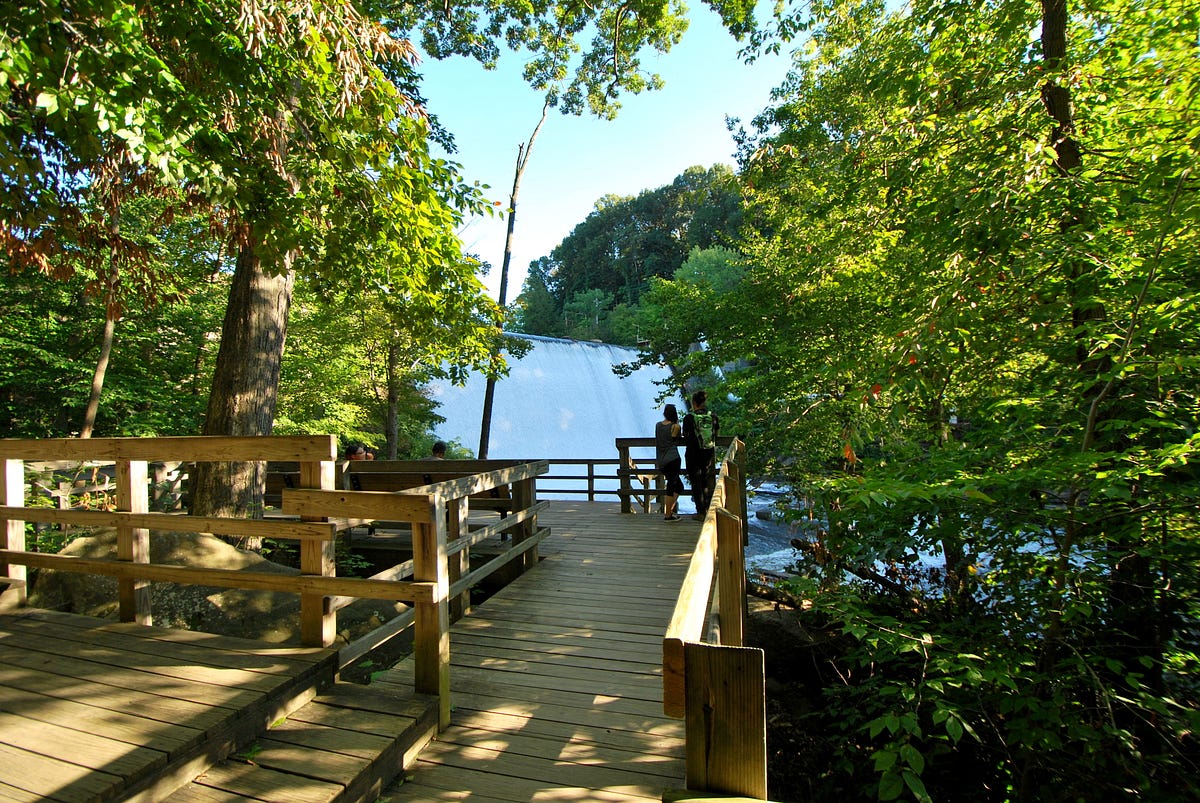The future of the historic park and the Gorge Dam
Elaine Marsh, Watershed Specialist for Summit Metro Parks
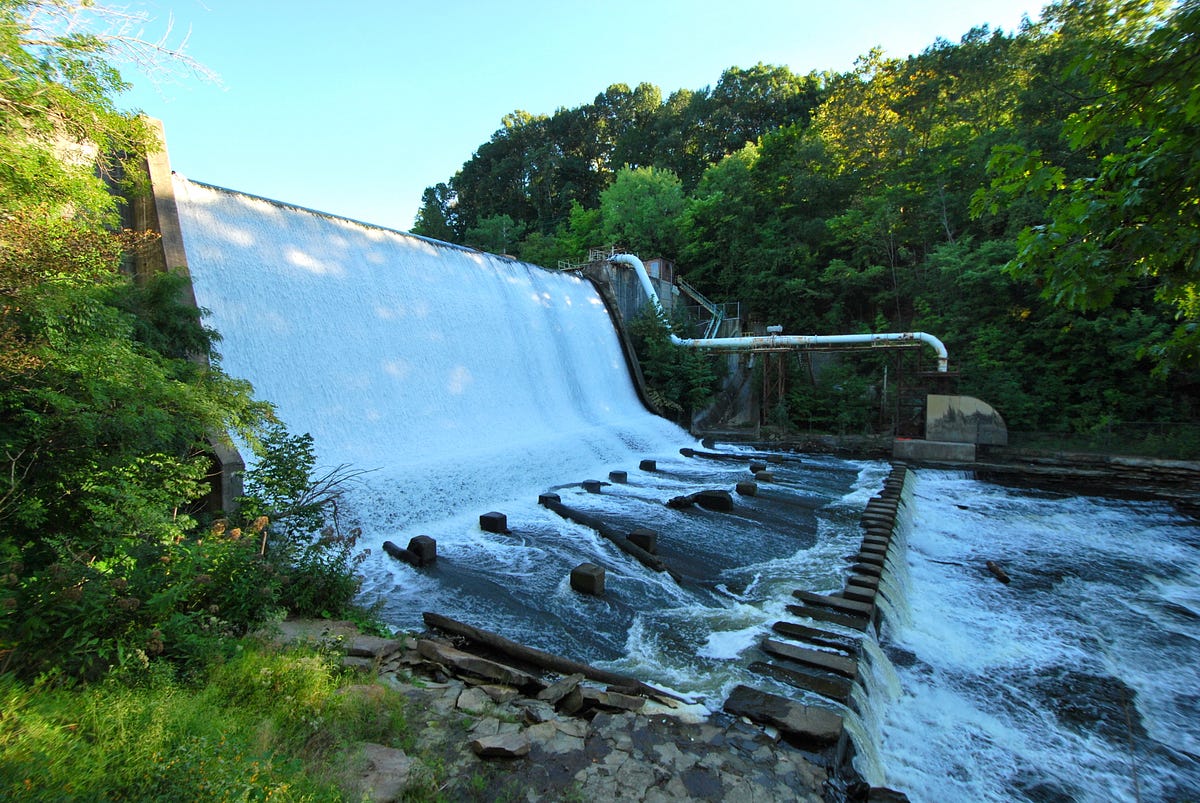
Gorge Metro Park is entering a new era in its vibrant and intriguing history. The Gorge Dam is being studied for removal, and Summit Metro Parks supports the effort.
This is the second post in a two-part series. You can find the previous post here.
Bringing Down the Cuyahoga River’s Obsolete Dams
The Ohio EPA published a report, called a TMDL (for “Total Maximum Daily Load”), in 2000 that identified the major causes of unsatisfactory health conditions of aquatic communities (think fish and bugs) in the 10-mile stretch of the Middle Cuyahoga River. Dams were the culprits, causing habitat loss, low levels of dissolved oxygen and an overloading of nutrients. Across the country, other studies were coming to similar conclusions: Obsolete dams should be studied for removal in order to restore water quality.
Locally, the Kent Dam was modified in 2005 to create a free-flowing river that now promotes canoeing and kayaking. This internationally award-winning project set the tone for the city’s economic and beautification efforts. The dam in Munroe Falls was removed in 2006.
Like other communities along the river, the City of Cuyahoga Falls supports efforts to improve water quality. Officials there were favorably impressed with the results of previous dam removal efforts upstream, and in 2013 the city removed two dams.
The removal and modification of these dams produced nearly immediate benefits, including water quality improvements and a dramatic increase in public use of the river and adjacent lands. Multipurpose trails stretch to meet each other along the river’s edge, and a region-wide effort began to establish the Cuyahoga River Water Trail. Economic interests developed to take advantage of the scenic beauty, recreational opportunities and public access created by the dam removals.
These successes and the potential to restore the Gorge to its natural splendor have captured the imagination of the region.
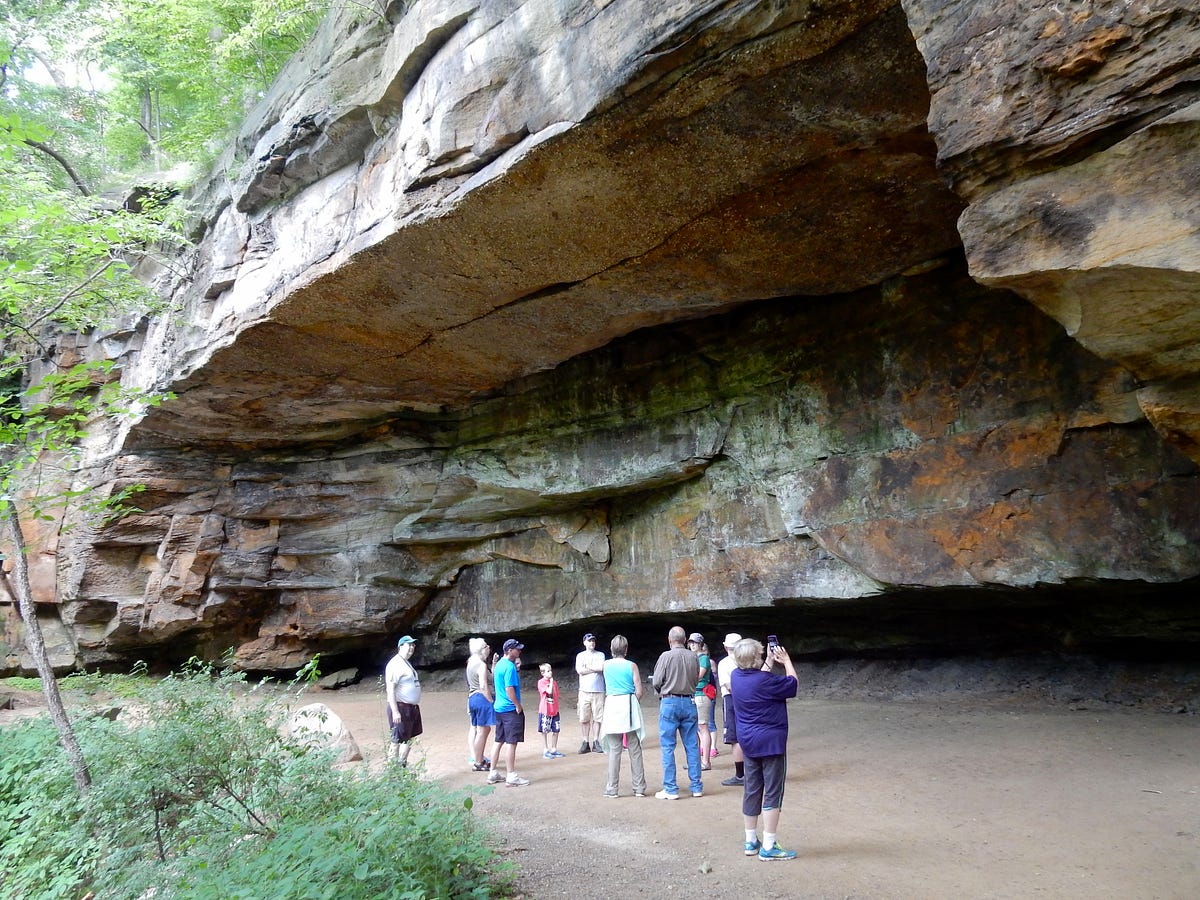
Dam Removal is a Carefully Considered Process
Dam removal is a process involving many studies that take years to complete and evaluate. Use analysis, historic valuation, biological surveys, geologic reviews, engineering studies, hydraulic impacts and cost estimates are just a few of the issues that must be formally reviewed. In addition, permits must be obtained, stakeholder committees must form, public support needs to be gained and funding must be raised.
The four completed Cuyahoga River dam removals are a testament to years of hard work by countless individuals — at a total cost of $8.6 million. The Brecksville Dam in Cuyahoga Valley National Park is currently being studied for removal. It is expected to cost about $1 million.
Clean water has been a priority nationwide since 1972, when the Clean Water Act was passed. We have come to realize society’s necessary role in sustaining our water resources, and we have heavily invested in it. As a region, we have spent over $2 billion on municipal and industrial water treatment. Over the next decades, the City of Akron will be correcting its sewer overflow problems at a cost of nearly $1 billion.
Still, the focus on water has moved beyond piping and treating wastewater. Removing the Gorge Dam is a logical and necessary step that will enhance other clean water efforts.
The Dominoes Fall to the Gorge Dam
The Gorge Dam is one of the single greatest unresolved water quality problems on the Cuyahoga River. In 2009 the Ohio EPA began the process of studying the feasibility of removing the dam. The U.S. Environmental Protection Agency conducted two studies of the sediments behind the dam. The results indicate 832,000 cubic yards of non-hazardous but moderately contaminated sediment at the base of the dam pool. These sediments are a health threat to aquatic life, so they must be dredged, dewatered and placed in a landfill.
In 2015 the Ohio EPA commissioned a study of the alternatives and costs of sediment management and dam deconstruction. The most effective alternative carries a price tag of about $70 million. There are funding programs that could cover substantial portions of that cost. The Great Lakes Restoration Fund prioritizes removing contaminated sediments, which is 65% of the total restoration cost. Other state and national funds could apply to dam deconstruction. The Ohio EPA is currently investigating these promising options.
The next step toward removing the Gorge Dam is to model the hydrology, or water flow, and study the engineering and geology. In the meantime, the community has begun to weigh in and support the process. To date, Summit County Council, the Cuyahoga Falls City Council and Summit Metro Parks have signed support letters. More are on the way.
Why support this massive effort? Beyond improving water quality, removing the dam will allow the Cuyahoga River to return to its historic natural grandeur, revealing the Big Falls for which Cuyahoga Falls was named. Gorge Metro Park will essentially be reinvented, offering brand new cultural and natural assets for Summit Metro Parks employees to discover and showcase. Photographers and artists will join family picnickers in seeking the serenity and inspiration presented by the park’s dramatic topography and natural beauty. It will be an even better classroom for educators in geology, archeology, biology, history and all disciplines of creative expression. Hikers will find real-life adventures strolling through ledges and along the roaring river.
When the Gorge Dam comes down, the true power of the Cuyahoga River will be unleashed: a free flowing river that sustains living systems and spectacular natural beauty.

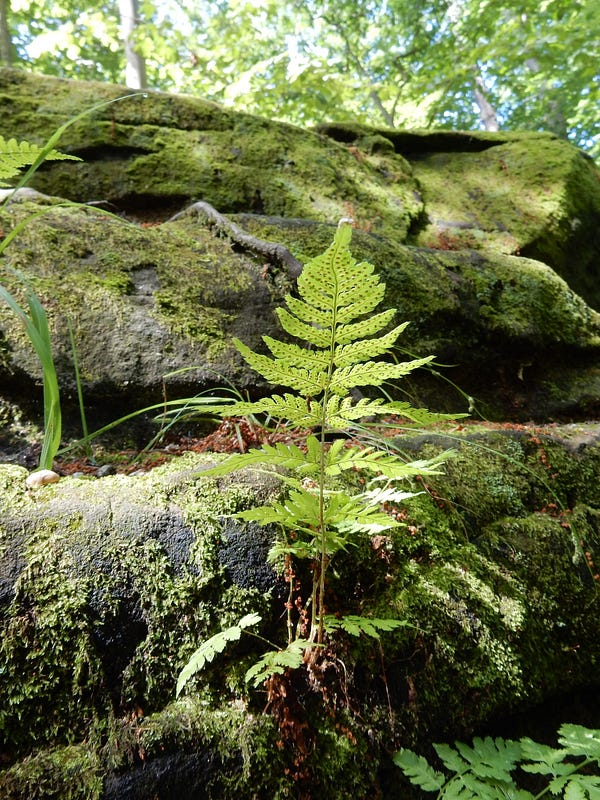
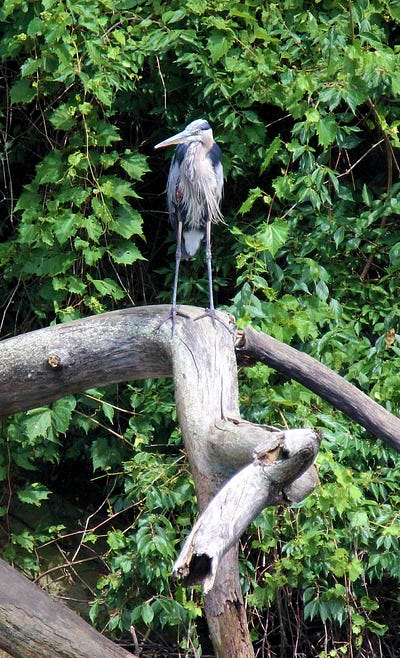
In 2017, Summit Metro Parks will lead a “Free the Falls” series of special programs in Gorge Metro Park and public meetings in various locations. Details will be listed at summitmetroparks.org.
